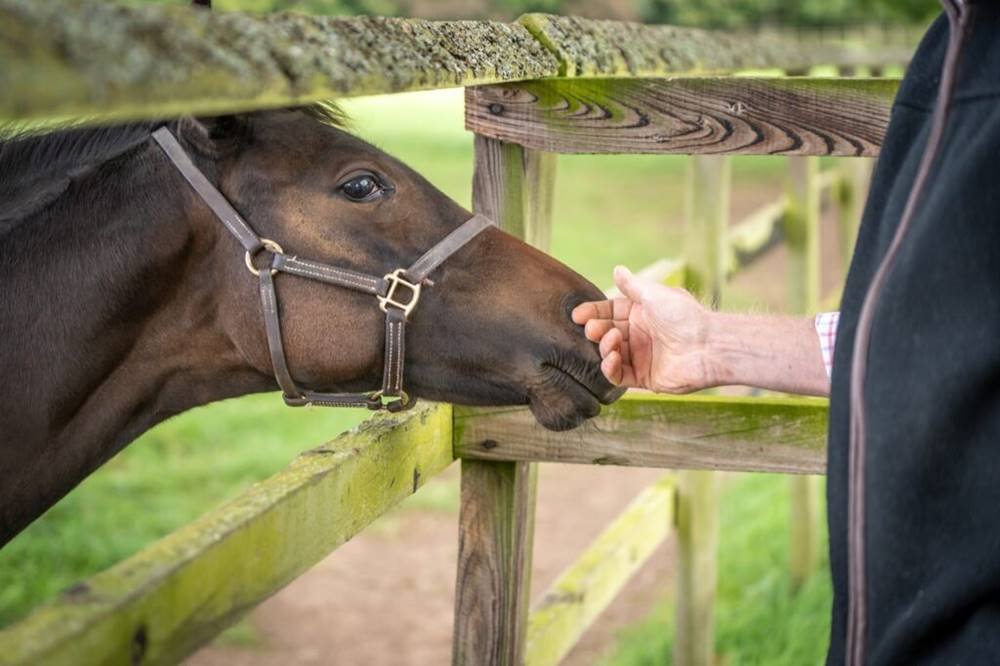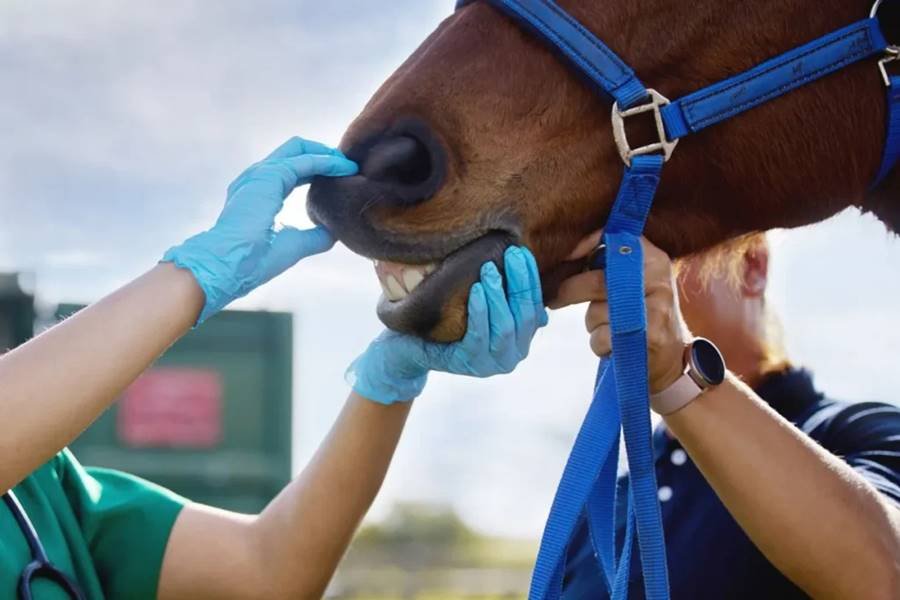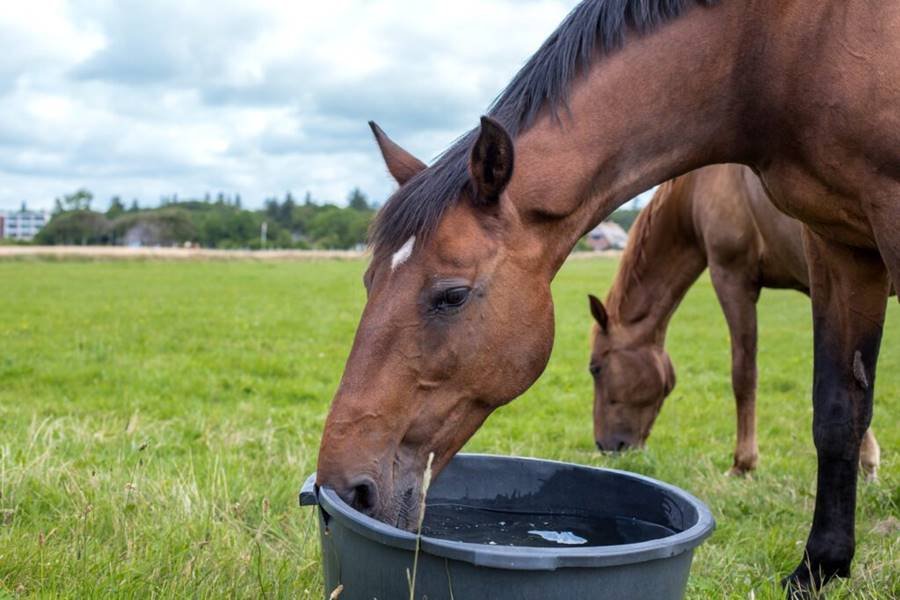Hydroponic Fodder for Horses: A Comprehensive Guide
What is Hydroponic Fodder?
Hydroponic fodder is a method of growing animal feed using nutrient-rich water without soil. This technique has gained popularity for feeding horses due to its numerous benefits, including enhanced nutritional value, sustainability, and convenience. By sprouting grains like barley or oats in a controlled environment, horse owners can provide fresh, nutrient-dense fodder year-round.
Benefits of Hydroponic Fodder
- Nutritional Value: Hydroponic fodder is rich in essential nutrients, vitamins, and minerals. The sprouting process increases the availability of nutrients, making it more digestible for horses. It’s an excellent source of protein, fiber, and carbohydrates.
- Freshness: Hydroponically grown fodder is fresh and free from preservatives. This freshness can lead to improved palatability and increased feed intake, as horses generally prefer fresh food.
- Sustainability: Growing fodder hydroponically requires less water than traditional farming methods. This approach also reduces the need for pesticides and herbicides, promoting a more environmentally friendly option.
- Space-Efficient: Hydroponic systems can be set up in small spaces, making them ideal for horse owners with limited land. They can be grown indoors or outdoors, allowing for flexibility in different climates.
- Reduced Waste: Hydroponic systems can produce high yields in a short period, minimizing feed waste. Excess fodder can also be stored for later use.
Setting Up a Hydroponic Fodder System
- Choose the Right Grains: Common grains for hydroponic fodder include barley, oats, and wheat. Barley is the most popular choice due to its rapid growth and high nutritional content.
- Select a Growing Method: There are various hydroponic systems available, including:
- Tray Systems: These consist of stacked trays where grains are soaked and grown. They are easy to manage and space-efficient.
- Vertical Systems: These utilize vertical space, maximizing production in a smaller footprint. They often require a more complex setup but can yield more fodder.
- Provide Adequate Lighting: If growing indoors, ensure your setup includes proper lighting, such as LED grow lights. Horses need around 12-16 hours of light daily for optimal growth.
- Control Temperature and Humidity: The ideal temperature for growing hydroponic fodder is between 60-75°F (15-24°C). Maintaining humidity levels around 60-70% helps with seed germination and growth.
- Water Quality: Use clean, filtered water free from chemicals. Nutrient solutions can be added to enhance growth, but it’s essential to follow guidelines to avoid over-fertilization.
- Monitor Growth: Regularly check the fodder for mold or pests. The sprouting process typically takes about 7-10 days, depending on the grain type and environmental conditions.
Feeding Hydroponic Fodder to Horses
- Introduce Gradually: When introducing hydroponic fodder to a horse’s diet, start slowly. Mix it with their regular feed to allow their digestive system to adjust.
- Daily Freshness: Offer fresh fodder daily. Horses thrive on variety, and fresh fodder can be a nutritious addition to their diet.
- Monitor Health: Keep an eye on your horse’s health and digestion. If you notice any adverse reactions, consult a veterinarian.
- Storage: If you have excess fodder, store it in a cool, dry place. However, it’s best to feed fresh fodder within a few days of harvesting for optimal nutrition.
Potential Challenges
- Initial Setup Cost: While hydroponic fodder systems can be cost-effective in the long run, the initial setup can be pricey. Evaluate your budget before starting.
- Maintenance: Regular monitoring and maintenance are essential to prevent mold growth and ensure optimal conditions for growth.
- Knowledge Requirement: Successful hydroponic farming requires some knowledge of plant growth and nutrient management. Educating yourself or seeking advice from experienced growers can help.
- Space Considerations: Although hydroponic systems can save space, they still require a dedicated area for setup and growth.
Hydroponic fodder is a valuable addition to equine nutrition, providing fresh, nutrient-rich feed that can enhance your horse’s health and performance. With careful planning and management, horse owners can successfully grow hydroponic fodder, ensuring their equine companions receive high-quality nutrition year-round. By embracing this innovative method, you not only contribute to your horse’s well-being but also promote sustainable practices in equine feeding.




